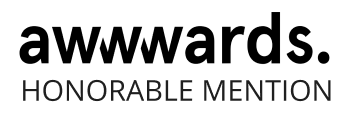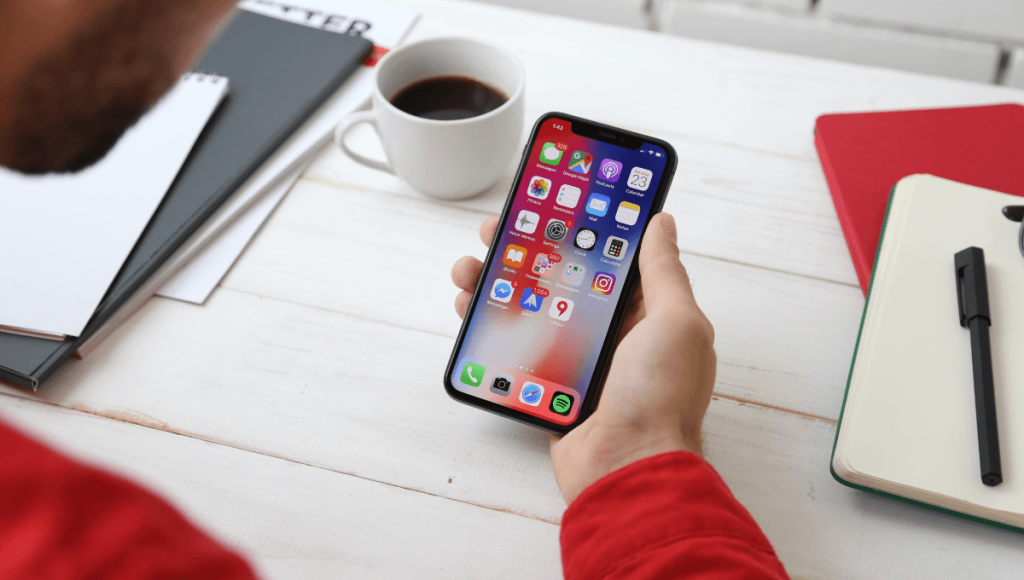Design styles get recreated, changed, and are adapted to new environments such as the digital. And new styles are being born out of the advancement of new technologies.
This stimulates the usage of new creation methods in app design, for example. One of the results of the advancement of new technologies (and one of the most revolutionary) is the development of mobile apps. They allow us to make everything wherever we are. Tasks that took computers to be completed can now be concluded on our way to work through our smartphones. Mobile apps are meant to simplify life. App design seeks simplicity.
As the mobile app market grows, the competition grows with it. Every development team wants to get ahead while trying to tackle the users’ needs. The importance of design is defining the uniqueness of each app, making it stand out in this technological universe. The user is at the center of the creation process – fields like UI (User Interface) and UX (User Experience) take a whole new approach.
To produce an effective and meaningful result is more challenging than ever and being well-informed can be helpful. Following the last business trends can give you that boost your app is needing.
Now, in these first months of the year, we try to guess what will be trending across 2019 and what will define app design during this year. What will be hot in the creative industry?
These are Brief’s pick for the 10 trends that will define 2019 in mobile app design:
Full integration of In-App Gestures
Buttons are gradually disappearing from the user interface and from our phones. Gestures are taking their place. In 2019, we anticipate that we’ll keep experiencing this phenomenon and get even more totally button-free interfaces. These ones that rely on user gestures and movements like swiping or pulling pages.
Seamless Interface
To deliver a more fluid UX, transitions are eliminated and all of the content of the app is accessible right through the first page. This new reality tries to grab user’s attention by allowing it to have access to all of what your app has to offer in the first experience.
Augmented Reality
Augmented reality has seen its popularity increased in the last years. App designers use it to present new ways of experiencing the world, making connections between the online and offline worlds. This tool not only creates new types of engagement opportunities but also increases app functionality and usefulness.
Personalized Content/UX
Technology is building a deeper relationship between platforms and people. This results in more demanding users that expect apps to present them personalized content, adapted to their tastes and preferences. In the next year, we will see this trend increase its relevance, promoting a rise in the number of apps that can understand users. Customization will get to new levels.
Storytelling and Branding
As apps are becoming even more present in our everyday life, they are also being used by brands to create stronger bonds with their customers and build a customer base. Using these platforms to tell brand stories is something that we keep seeing more and more often. In 2019, apps will play an important role in goals such as increasing brand awareness or brand notoriety.
Simplified User Interface
Apps are meant to simplify life, right? To strengthen this idea, designers are developing strategies that contribute to building a simplified UI. A clear User Interface shapes apps’ functionality and, therefore, makes it more relevant to users.
Chatbots: The rise of Conversational Design
More than ever, users want apps that they can relate with and that helps them surpassing challenges. Chatbots are a great way of providing help to your users or customers. You can find this kind of technology in a big number of websites nowadays but what about apps? Designers have various ways of implementing a chatbot in their UI and during 2019 you will notice the emergence of new creative ones.
Material Design 2.0.

Created by Google and announced in 2014, Material Design is a design language that has recently evolved to its second version (Material Design 2.0.).This new version of Google’s language has already been implemented in several of the company’s apps such as Google Play Games or Google News. Material Design offers several possibilities for improving app usability and this makes it very tempting for designers. We believe we will start seeing even more examples that use this design language.
Fresh Colours
Color palettes will be gradually changing and abandoning traditional minimalist approaches with a lot of white space. Alternatively, they will be adopting fresh colors with dark and light backgrounds. These new palettes will, of course, understand a brand’s language and will adapt to its values and the way it presents itself.
Hero images in Landing Pages
This type of image can sometimes present the idea and the main goal of an app. Their presence right on the landing page can reveal to users what they can expect from the app. Hero images can carry a lot of meaning and that is why, in 2019, including these images in apps’ landing pages will be one of app design trends.
In conclusion… it’s impossible to predict the future and, sometimes, a creative sector such as design can show unexpected changes in its trends and creations. These were Brief’s picks for the trends in app design for the current year, based on our experience and approaches that we consider being trend-defining. Do you agree with our pick? Let us know!







